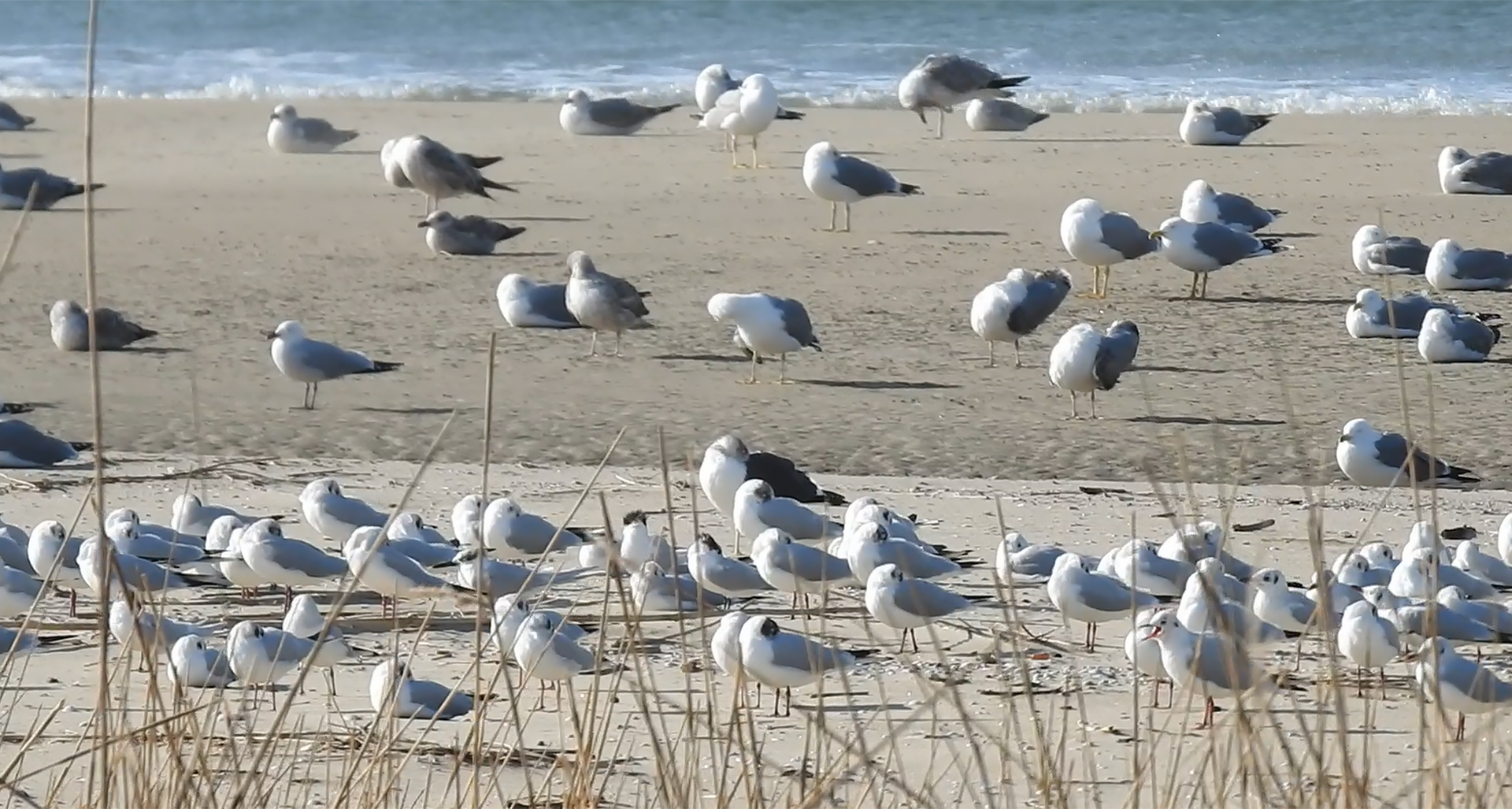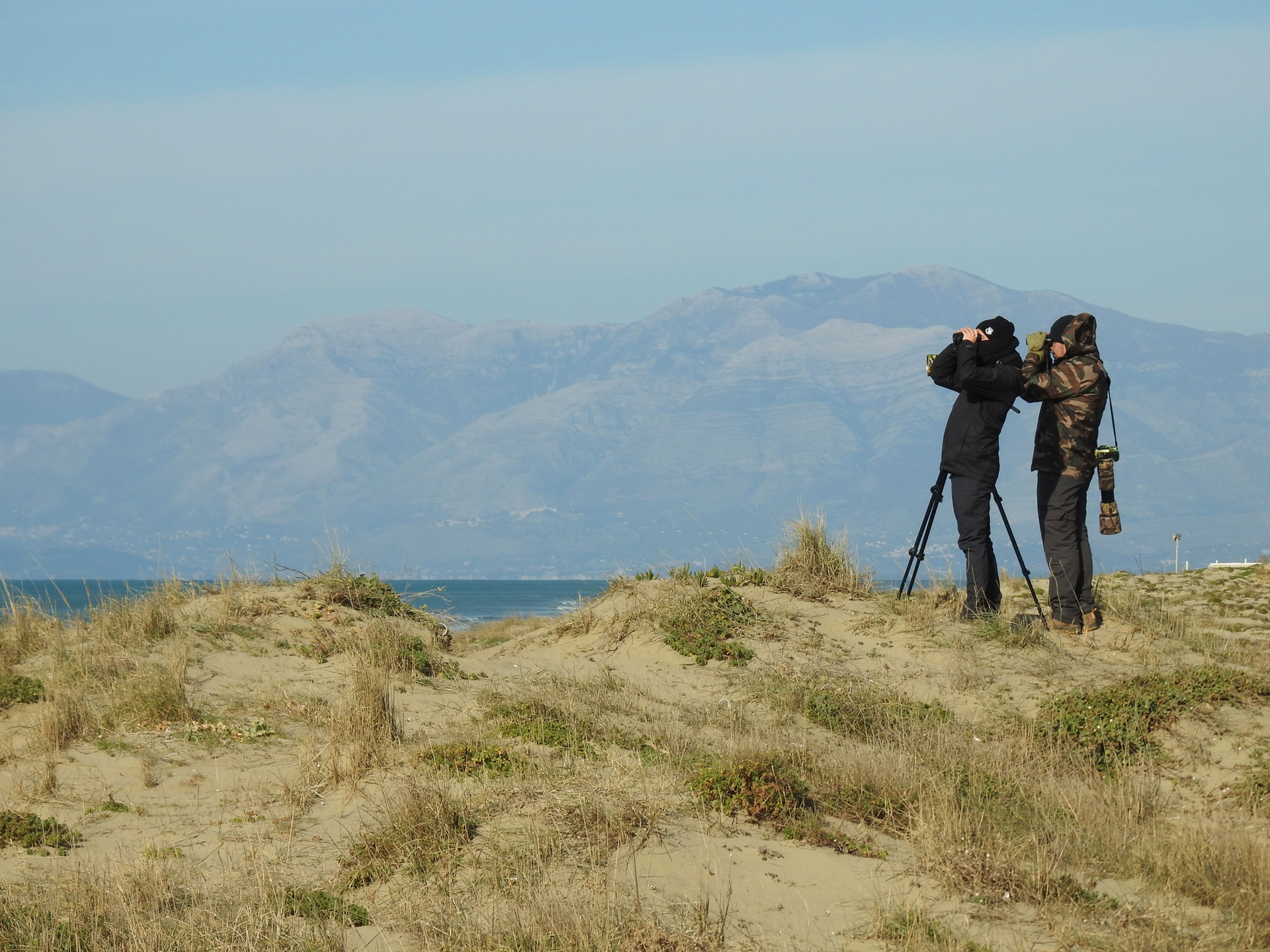Wetlands represent one of the most important natural environments in the world: in addition of being an indispensable source of primary production, they constitute the breeding site and/or home of 40% of all species and provide water and nutrients useful for survival of countless plants and animals, including humans. Their relevance is such that they are affected by multiple protective actions, first of all the Ramsar Convention, an intergovernmental treaty concerning the conservation and management of natural ecosystems on a global scale.
Aquatic birdlife is one of the most interesting and important wetland biotic features. This, with its presence, density and frequency over time, provides useful data regarding the status of wetlands. In addition, with the migrations carried out, they represent a real link between the various environments worldwide, as well as an attraction in the field of ecotourism.
For these reasons, aquatic birds are constantly at the center of researchers’ attention, especially during the wintering period, when there is the greatest concentration of species. It is precisely every winter that the IWC (International Waterbird Census) takes place, the world censuses of water birds that affect 143 countries on all continents. Coordinated internationally by Wetlands International, in Italy they have been taking place since 1975, under the guidance of ISPRA. Here they are carried out in January by ornithologists and birdwatchers with an IWC license, obtained following a dedicated exam.
The main purpose of the IWC is to estimate the populations of aquatic birds, describing their numerical and distributional variations over time and to identify the most relevant wetlands for wintering species. The resulting data are regularly used in the context of international conventions and directives (Birds Directive, AEWA Agreement, Ramsar, Marine Strategy), as well as supporting multiple conservation projects for animals and wetland environments.
Two weeks ago we contributed to the data collection from Campania in the company of two other friends and birdwatchers with an IWC license, like us, going to investigate the northern portion of the Caserta coastal wetlands. On the road, a flock of about 15 Woodlarks (Lululla arborea), foraging on flooded fields together with many other species of Passerines, got our attention. During the censuses we had the chance to observe several pelagic birds, including two individuals of Northern Gannet (Morus bassanus), three Scopoli’s Shearwaters (Calonectris diomedea) and dozens of Yelkouan Shearwaters (Puffinus yelkouan). Furthermore, as every winter, we have found a fair aggregation of Laridae concentrated on a small stretch of sandy coast. Among these, in addition to the numerous Sandwich Terns, Black-headed and Yellow-legged Gulls, 3 individuals of Audouin’s Gull (Ichtyaetus audouinii) and 9 Lesser Black-backed Gull (Larus fuscus), a regularly wintering species along the Campania coast but rarely observable in numbers greater than 4-5 speciments.
Returning to Naples, once the work was over, not yet satisfied, we made a short stop on Lake Patria. Here thousands of Northern Lapwings (Vanellus vanellus) gave a show with their hypnotic flight, in the company of 3 European Golden Plovers (Pluvialis apricaria) and 2 Eurasian Curlews (Numenius arquata). At the end of a day that had already proved fruitful in terms of observed species of seagulls, we added a 2cy of Slender-billed Gull (Chroicocephalus genei) to our checklist!


